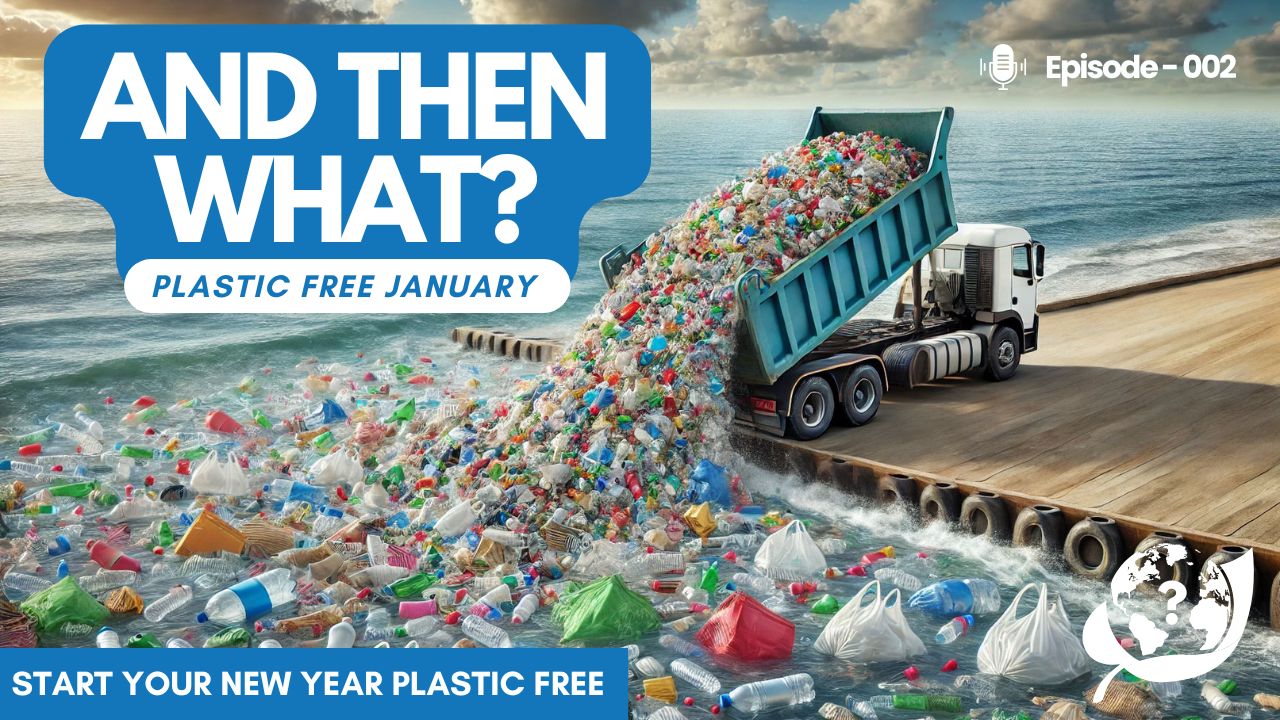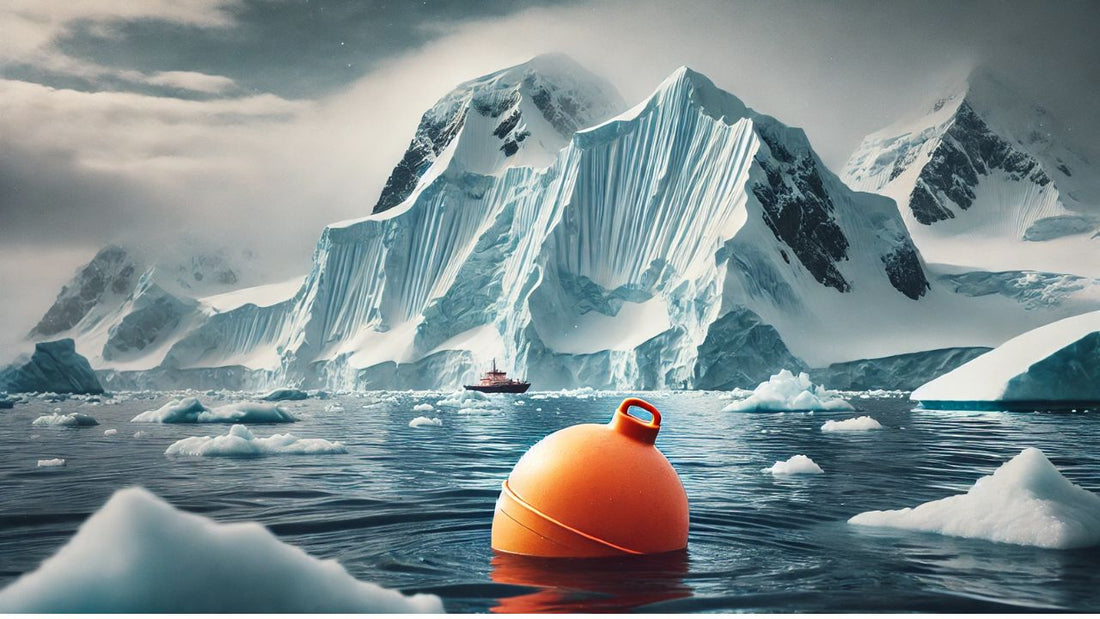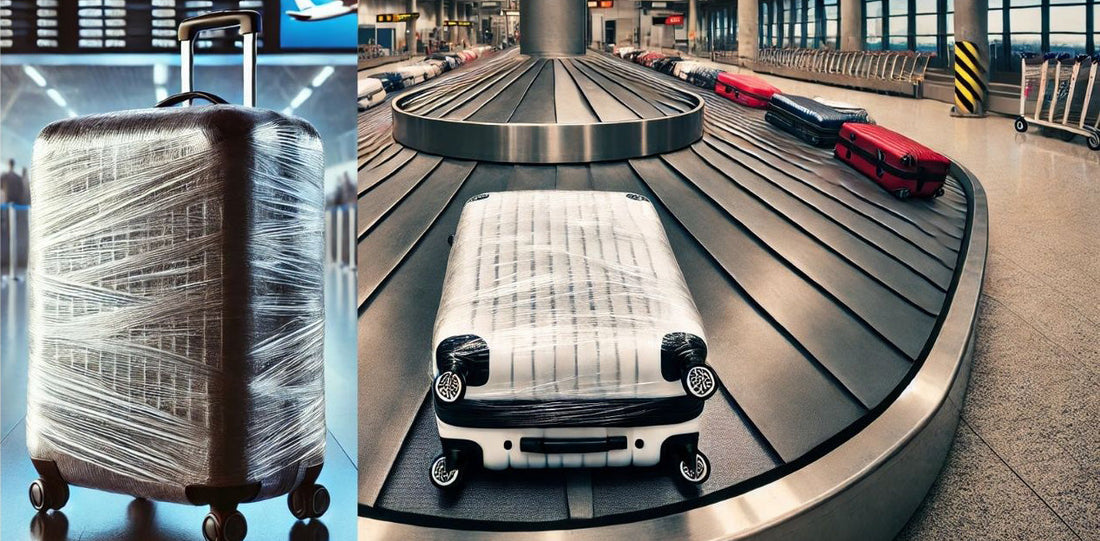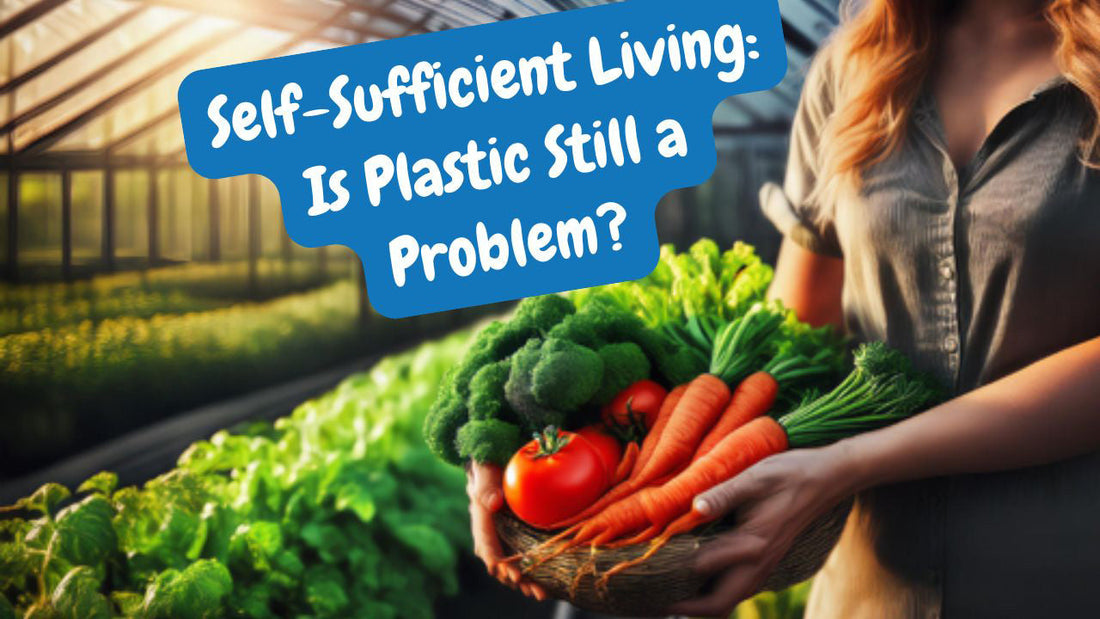You may have heard of Plastic Free July, a monthly challenge held every July that aims to raise awareness of amount of plastic we use in our day-to-day lives. Since its inception in 2011 it has now grown into a global movement, inspiring millions of people to reduce their use of single use plastics.
Another similar movement, although a lot smaller, that’s gaining traction is Plastic Free January. Plastic Free January is an extension to Plastic Free July’s message, encouraging people to start the New Year with meaningful change — focusing on a plastic-free lifestyle as part of their New Year’s Resolutions.
I love the energy that comes with Plastic Free January. A new year represents new beginnings, the perfect time to pause and reflect on habits we want to change. Reducing plastic waste is one change that benefits not only ourselves but also our planet.
So, how does Plastic Free January work? The good news is: there are no hard and fast rules. It’s all about raising awareness and making conscious choices to reduce plastic waste. Here are the basic principles of the challenge:
- If a product is wrapped in plastic, don’t buy it. And
- If you’re offered a free product made of or wrapped in plastic, simply say, “No, thank you.”
The goal is to become more aware of how deeply plastic has become part of our lives. By opting out of plastic, even for a short time, you’ll start to see how often plastic shows up and where you can make small, impactful changes.
If you want to take the challenge a step further, here are two simple activities you can try:
- Track Your Plastic: For the first 24 hours of the challenge, take note of everything you touch that is made of plastic. You’ll quickly see how widely plastic is used — and reflect on where it’s necessary versus where you can cut back.
- Go on a Plastic Scavenger Hunt: Step outside and look for garbage. It’s likely you won’t have to go far. Treat each plastic item you find as a message and ask yourself:
• What is it?
• How did it get here?
• What can I do about it?
These two exercises are powerful ways to better understand the problem and start identifying solutions.
Now, let’s talk about why challenges like Plastic Free January matter.
Despite decades of recycling programs, it’s estimated that only 9% of plastic produced annually is recycled globally. That’s a shockingly low number, and it’s most certainly not sustainable.
To give you some perspective, here are a few eye-opening statistics:
• Over 8.3 billion metric tons of plastic have been produced since the 1950s.
• Approximately 40% of plastic produced every year is used for packaging and single-use items.
• And a staggering 8 million pieces of plastic enter the ocean daily. Daily!
And here’s the most alarming part: Recent estimates indicate that between 11 and 14 million metric tons of plastic enter our oceans annually, that’s approximately one to two dump trucks' worth every minute. Let me repeat that – one or two dump trucks of plastic waste entering our oceans every minute!
Reducing single-use plastics is one of the simplest ways we can make a positive impact. It starts with small, mindful choices — like choosing plastic free packaging, bringing your own reusable items, or just saying no to unnecessary plastic products.
If you’re participating in Plastic Free January, don’t forget to share your progress on social media using the hashtags #PlasticFreeJan and #EarthBeforePlastic.
Before we get back to today’s topic, I want to take a moment to tell you about Eorth. That’s Eorth with an 0. It’s an online store I started with the aim of making it easier to reduce plastic in your everyday life. From plastic free household essentials to natural beauty products, everything we offer has been chosen to help you make more sustainable choices.
I hope you’re inspired to give Plastic Free January a try and start this year with a positive change.
If you’d like to connect, you can find us on social media:
• Bluesky Social: eorth.au
• Facebook and Instagram: @eorthshop
And stay tuned for future episodes of And Then What, where I’ll be featuring guest speakers to share their insights on plastic pollution, sustainability, and practical solutions you can adopt.
Until next time, I’m Cathy Earle, reminding you to keep asking: And Then What?





